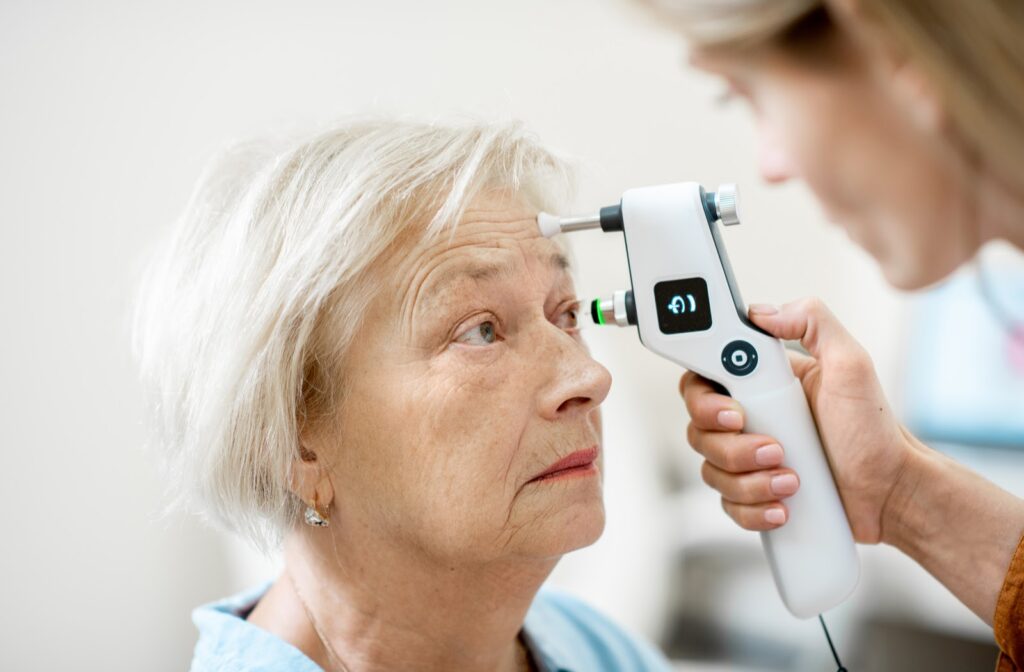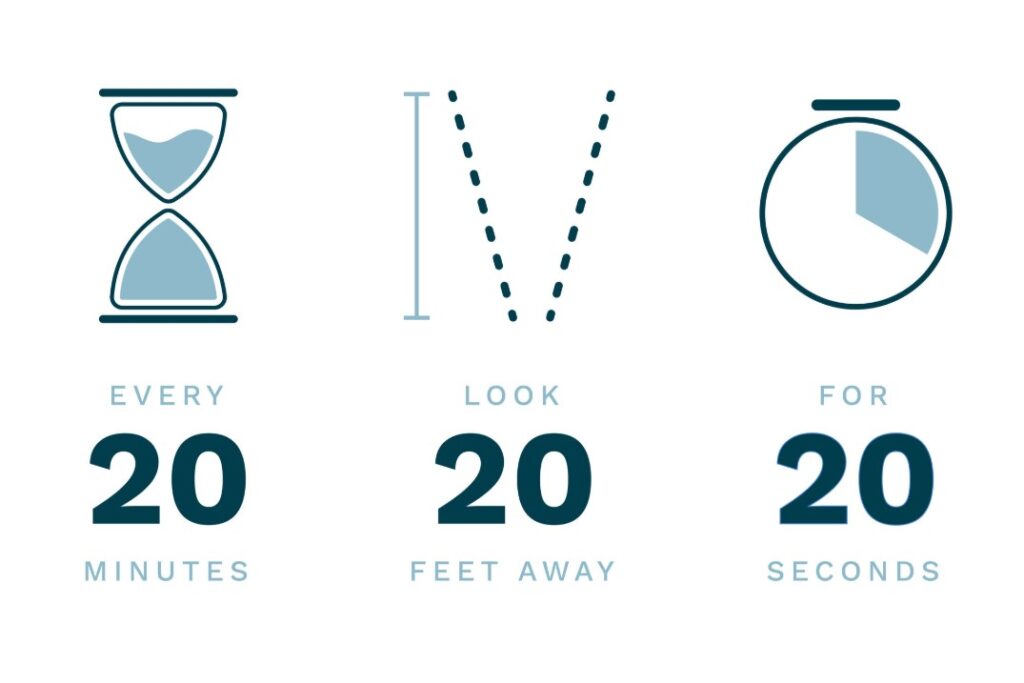
Diabetic eye disease doesn’t come without a warning. The earliest symptoms might appear mild or easy to dismiss, but they point to serious trouble ahead if ignored. Most people notice changes too late, often when permanent damage has already started. If you manage blood sugar issues, you can’t afford to overlook what your eyes might be telling you.
Below the surface, diabetes attacks the eyes in ways that affect your vision slowly and quietly. The good news? You can catch those signs early if you know what to look for.
Table of Contents
The Eye is the First to Suffer
Before complications affect your kidneys, heart, or nerves, elevated blood sugar begins to damage small blood vessels inside the eyes. The retina is packed with these fragile vessels, and high blood sugar breaks them down over time.
Even with stable glucose readings, complications like diabetic retinopathy can start silently. The damage accumulates gradually. Once symptoms show up, you’re already in the danger zone.
Common early symptoms include:
- Blurry or distorted central vision
- Trouble focusing in low light
- Mild pain or pressure in the eyes
- Periodic dimming or gray spots in vision
- Sensitivity to light or glare
These changes might come and go. That’s part of the trap. Temporary improvement makes people ignore recurring issues, and the disease keeps progressing.

Source: eyeeffects.ca
Eye Pressure, Retinal Stress, and Preventable Damage
People with blood sugar problems often notice their vision becoming inconsistent. Some days it’s clear. Other days it’s not. Many chalk it up to tiredness or screen time, but it’s often the result of fluid leaking in the retina or swelling in the macula.
Pressure inside the eye also starts to increase. This can lead to glaucoma if not addressed early. Vision loss from glaucoma is permanent.
The blood vessels in the retina begin to weaken and leak, leading to tiny hemorrhages. New, fragile vessels grow in response, but these are unstable and more prone to rupture.
If you experience:
- Flashes of light
- Sudden appearance of many floaters
- A shadow or curtain effect in your field of vision
You may be facing a retinal tear or detachment. That requires immediate medical attention.
Natural Support for Vision Health
If you’ve already started seeing changes in your eyesight, it’s time to take real steps to support your vision. That means regular screenings, better blood sugar control, and targeted nutritional support.
One helpful option is an eye health supplement that contains clinically proven ingredients such as Astaxanthin and Panax Notoginseng. These compounds promote circulation, support retinal integrity, and provide antioxidant protection. For anyone dealing with eye strain, inflammation, or early damage, this kind of support matters. Especially if you spend hours in front of screens or have existing blood sugar issues.
Nutrients won’t cure diabetic eye disease. But they can slow its progress and improve how your eyes respond to daily stress.

Source: recreation.ucsd.edu
Pressure Behind the Eyes Could Be Glaucoma
Diabetes doubles your risk of developing glaucoma. This disease results from increased pressure inside the eye. That pressure damages the optic nerve, which gradually reduces your peripheral vision.
Unlike other diabetic eye problems, glaucoma often causes no pain or early symptoms. Some people may feel subtle eye pressure or develop mild headaches. Over time, side vision narrows until central vision is all that remains.
What to watch for:
- Tunnel vision
- Slow adjustment to darkness
- Eye discomfort when reading
Routine eye pressure tests are essential. They’re quick and painless ─ but they detect glaucoma long before symptoms show up.
Protecting Your Eyes Starts with Smart Habits
You can’t stop diabetes. But you can limit its reach. Protecting your eyes starts with tight blood sugar control, of course, but don’t stop there.
Here’s what to do right now:
- Get a dilated eye exam once a year ─ or more often if you already have eye damage
- Keep blood pressure under control, since high blood pressure worsens eye strain
- Eat vision-supporting foods, especially leafy greens, berries, and omega-3-rich fish
- Use proper lighting when reading or working on screens
- Wear UV-blocking sunglasses outdoors to reduce oxidative damage
If you rely on screens all day, take breaks. Follow the 20-20-20 rule: every 20 minutes, look at something 20 feet away for 20 seconds.

Source: mobile.x.com
Final Thoughts ─ Don’t Let Vision Slip Away
Your eyes carry the burden of your blood sugar every day. They’re delicate, and they suffer in silence until they can’t anymore.
You don’t need to panic. But you do need to stay alert. The signs of diabetic eye disease often whisper before they scream. Hear them early. Act early. Preserve what matters most: your ability to see clearly and live independently.
Build a strategy now. Get regular exams. Use clinical tools. Consider proven supplements. Your vision is worth the effort.







